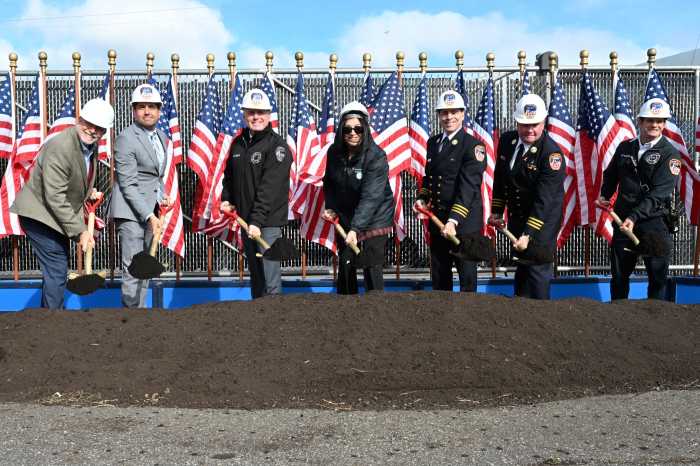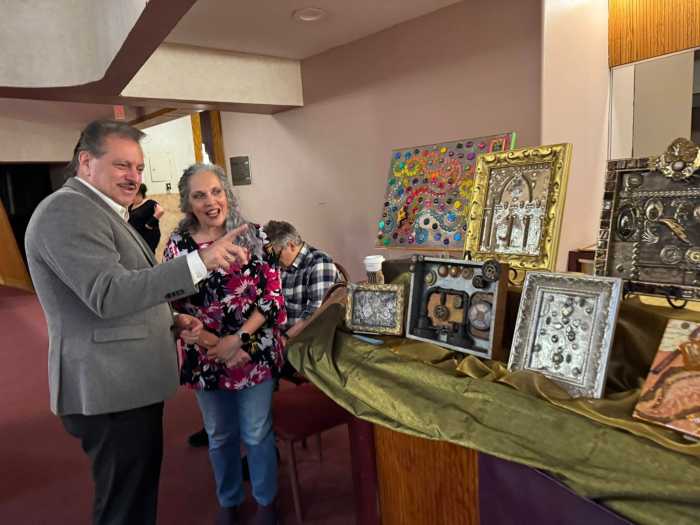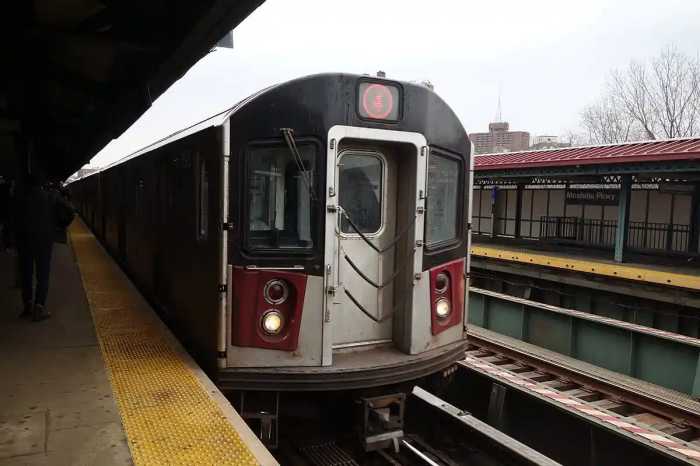BY ANGELA MATUA
Howard Beach residents walked in unison on Saturday to raise money for a disease that affects as many as 3 million Americans.
The Juvenile Diabetes Research Foundation (JDRF) Walk to Cure Diabetes, which started and ended at Ave Maria Catholic Academy, has been a staple event in the community for seven years.
Joe DeCandia, president of the International Society of SS. Cosma and Damiano, a local nonprofit, has long donated to JDRF and reached out to the organization to hold a walk after his then-9-year-old son was diagnosed with Type 1 diabetes.
“We were donating money to St. Jude’s, Ronald McDonald house, and JDRF was one of the [organizations we donated to],” DeCandia said. “A year or so into that my son was diagnosed with diabetes so we started fundraising so I started doing it for a personal reason anyway.”
JDRF is the number one non-governmental funder of Type 1 diabetes research, according to Development Manager Karena Ancona. Ancona said the Howard Beach community raises $50,000 to $100,000 every year and has raised about $500,000 for diabetes research in the seven years that they have done the walk.
Donna Siragusa and her daughter, Natalie, began attending the walk last year when Natalie was diagnosed with Type 1 diabetes. This year, the family pulled a team together consisting of Natalie’s classmates, teachers, St. Barnabas Church Girl Scout troops and other friends in the community.
“With the bad news [the walk] gave us something to look forward to and then when we were up here we felt more prepared,” Siragusa said. “I just hope that one day they find a cure, with all the donations and everything, that’s what we’re working for, a cure for Natalie.”
According to Rachel Kane, development coordinator for JDRF, the money raised for research has led to some important discoveries.
“Since you’ve been doing this walk in Howard Beach I am so excited this year to announce that finally things are happening,” Kane said at the event. “With your hard work, with your money and your support JDRF is finally making strides.”
In Type 1 diabetes, the beta cells that produce insulin are constantly attacked by the body’s immune system, making it difficult for the pancreas to create enough insulin to keep blood sugars down.
An artificial pancreas, which is currently in human clinical trials, is commercially available in the United Kingdom, Denmark and Australia. It will be commercially available in America in a few years, Kane said. An artificial pancreas would automatically react to rising blood-glucose levels and provide the right amount of insulin at the right time.
Within the next five to 10 years, smart insulin will be created and people with diabetes will have to take one shot of insulin instead of several throughout the day, she added.
Though the event was for a serious cause, the community was treated to fun in the form of face painting, free food, a DJ and a bouncy castle before the walk.
Local children who have Type 1 diabetes were in charge of cutting the ribbon to ring in the beginning of the walk and white doves were released as smiling faces proceeded to walk to cure diabetes.
RECOMMENDED STORIES
- Howard Beach girls death inspires fundraising campaign
- Frank Charles Park repairs a home run for Howard Beach community
- Howard Beach woman wins New York Rangers fan contest



































